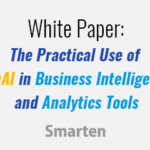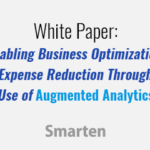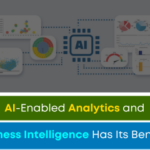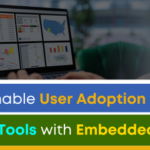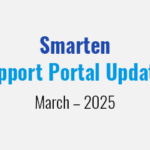On-Premises or Cloud Analytics? Which is Right For Your Business?
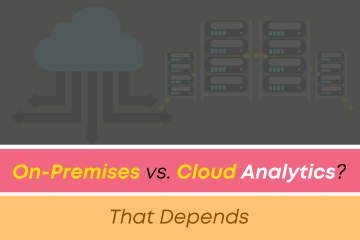
When you consider an analytics solution, there are many factors you must include in your assessment. Not the least of these factors is the method and dependability of the access your team will have. If you are rolling out self-serve analytics to your business team, you’ll want to choose a solution that has all the sophisticated features and functionality you need and one that allows your business to manage the integrated data sources and access to traditional BI tools and augmented analytics features in a way that is right for your organization and your business users.
According to a survey performed by Statista, nearly two-thirds of those businesses surveyed reported that they store data for business intelligence (BI), analytics, and data science either primarily or entirely on the cloud, while only 9% percent rely solely on on-site storage solutions.
The answer for your business will depend on what best satisfies your requirements. Will you be better served by hosting your analytics solutions on your servers or in the cloud? A business might choose a cloud solution if it has a very small and very busy IT team or if it is a small start-up with a limited budget.
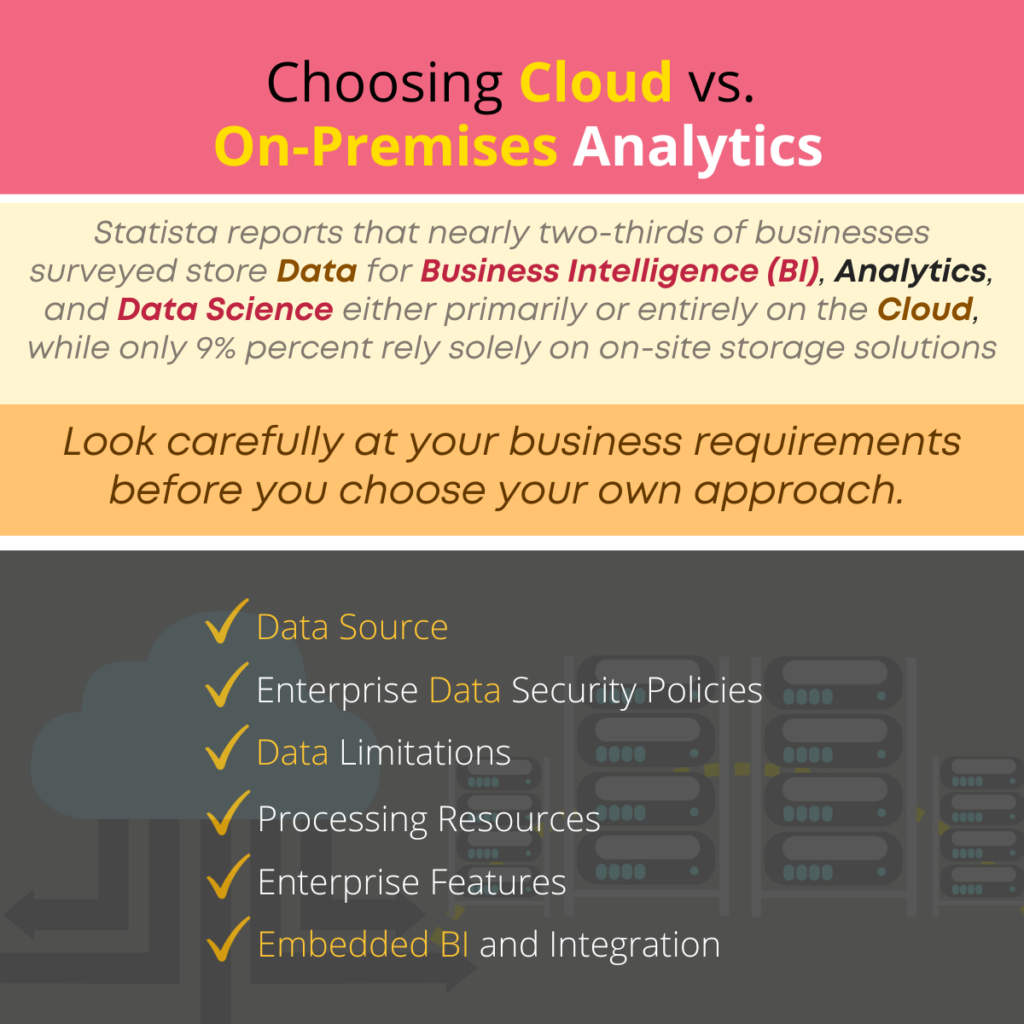
There are a few things to keep in mind that will affect your decision, and some of these relate to data management, scalability and licensing and pricing.
On-Premises – This option ensures that the business has total control of dedicated processing resources, security and server management including refresh rates, the number of BI objects permitted, and the number of rows or MBs allowed, and other aspects of enterprise application management.
Cloud – Cloud services will have some limitations on the ability to manage resources and data and, while Cloud plans are less expensive in general, pricing plans will increase if you wish to improve scalability, etc. If your business has a lot of data to move from on-premise data sources, the Cloud analytics solution may be an issue as data movement will be more costly and latency may be undependable.
‘Whether you want to implement BI tools and augmented analytics in an on-premises environment, or via a public or private business cloud, you can find the right option to suit your business requirements.’
Here are just a few of the considerations you should include in your assessment to choose between on-premise and cloud options:
Data Source – If you choose Cloud BI, and the majority of your data sources are on-premises, your data pipeline will require movement of a huge volume of data and will result in latency issues. And if the majority of data sources are on stored on the Cloud and your BI is on-premises, you will have the same issue.
Enterprise Data Security Policies – With on-premises servers and infrastructure your business can control and comply with enterprise security policies, whereas Cloud BI options can be limited. Your business must carefully assess whether the Cloud infrastructure will meet your security policies and requirements.
Data Limitations – Your business should check on-premises licensing options and plans for Data Refresh rates, Data Size, the number of BI objects and other parameters. Options may also be limited and restricted in a Cloud option.
Processing Resources – Just as with Data Limitations, the business should carefully review on-premises licensing options, and the need for processing power, appliance size, memory, load balancing, clustering and other aspects of capacity. These resources can also be limited in Cloud options.
Enterprise Features – Be sure your business understands the full suite of features available for the on-premises option and for the Cloud option. In general, there will be features that are available in one option that are not available in the other option, so be sure you understand the tradeoffs inherent in the overall feature matrix for both options.
Embedded BI and Integration – Review the capabilities for embedded BI and integration within the on-premises option and for the Cloud option.
‘Choose an analytics solution that allows your business to manage the integrated data sources and access to traditional BI tools and augmented analytics features in a way that is right for your organization and your business users.’
Whether you want to implement BI tools and augmented analytics in an on-premises environment, or via a public or private business cloud, you can find the right option to suit your business requirements here: Smarten Technology. Your business can also enjoy Embedded BI features in a single sign-on environment to add analytics to your favorite enterprise apps, and Mobile BI tools to support your users on the road and working remotely.



